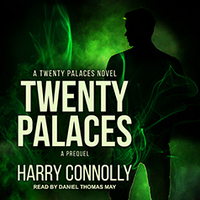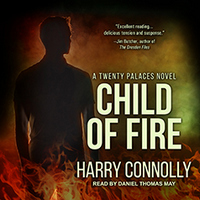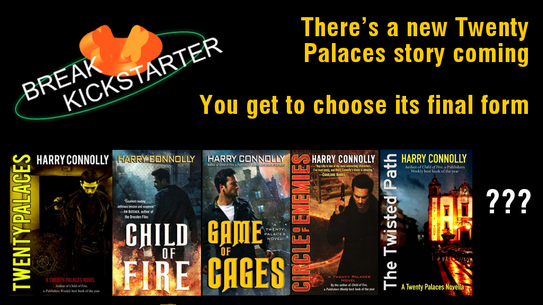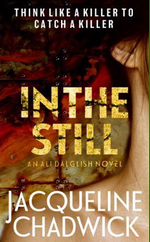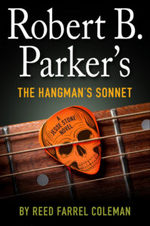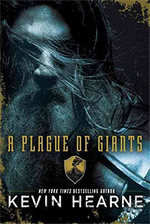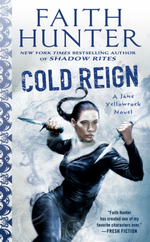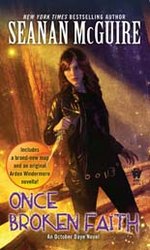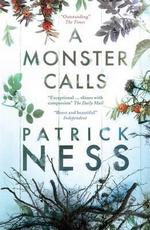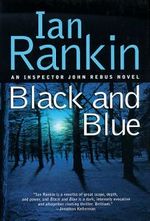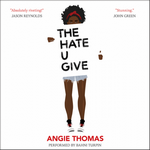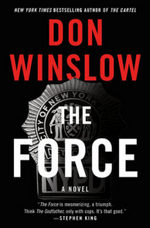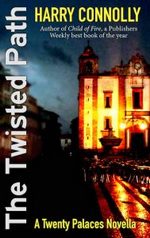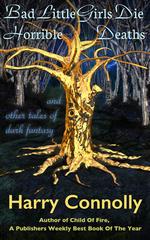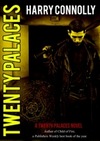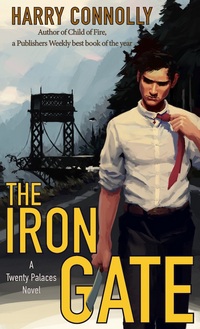 The Iron Gate
The Iron Gate
DETAILS: Series: Twenty Palaces, #4 Publisher: Radar Avenue Press Publication Date: September 30, 2022 Format: E-book Length: 390 pg. Read Date: October 1, 2022

“My name is Ray Lilly,” I said to the empty room.
There it was. I’d remembered my name, and with it came the realization that I had come to this place, whatever this place was, to find someone—no idea who at the moment—and kill them.
Setting the Stage
It’s been a while since the last Twenty Palaces fiction was published (a novella 5 years ago, a novel more than twice that), let me give a quick review.
Magic is in the world, people who come across a book of it run the risk of opening a gate to another dimension and letting monsters (called predators) into our world. Once in, they won’t stop until our reality is gone.
Standing in the way is the Twenty Palaces Society—their peers track down the books and those who are using them and stop them. Almost always this is a lethal stopping. Annalise has been a peer for quite a while now, she gets the job done without really worrying too much about what stands between her and the target.
Ray Lilly is her wooden man. His job is to be a distraction, getting the attention of the troublemakers (human) and the predators focused on him, so Annalise can dispatch them. He’s not supposed to survive for long, but somehow he’s both lived and proven pretty effective when helping Annalise. Before this, he was a criminal—a car thief, freshly released from prison and trying to live a better life for the sake of the relatives who supported him.
What’s The Iron Gate About?
Annalise sends Ray into a building in a small coastal town to do some recon. They know a predator is in the building, but before she does something (probably destroying the building) he goes in—something happens and his ghost knife (the one spell Ray possesses) lands at her feet. Ray’s been taken by that predator but is still alive. She cancels the “apocalyptic tsunami of magic” she had planned for the building to wait for Ray to either die (which would get that tsunami rescheduled) or to escape.
Meanwhile, Ray finds himself in an Everytown, USA. Everyone calls him “Carl” and…ugh, I’m just going to copy and paste from the book description, because it’s more concise (and better) than what I’ve come up with:
[Ray] realizes that for some time now he’s been living as a puppet, his body and mind under the complete domination of an unknown power, and the townsfolk think this puppet is his real identity.
And that power can still seize control of Ray’s body at any time, forcing him and the people around him to playact in nonsense stories that center around a mysterious boy and his monster dog.
The town and its people shift and change, but only Ray seems to notice.
While she waits to find out what’s going on with Ray, Annalise devotes her time, energy, and money into keeping other people from getting access to that building. The last thing she wants is anyone else feeding that monster.
It’s the Little Things
Ray’s Ghost Knife could easily be the MVP of this series. Despite being a simple spell—and Ray’s version of it screams “bargain basement” in an endearing and charming way—is a surprisingly effective and reliable piece of magic. It turns out to be as versatile as a certain someone’s Sonic Screwdriver.
The way it’s utilized in this book is completely different than we’ve seen before, and is probably responsible for me spending more time thinking about it than I would’ve otherwise (although it’s always been a favorite thing in each book/story). As much as I enjoy the whole world and magic system that Connolly has given us, it might really be this tiny element—which almost seems to be a forgettable gadget when we first saw it—that could be his masterstroke. Just for what it’s allowed him to do in each setting.
Character Growth?
There are certain characters you run into in novels/series that are formed. They don’t display a lot of growth and development and that’s fine, they don’t need to. Most of the time, that’s a flaw in the writing/character design—but sometimes the character just is who they are and that’s good. Everyone around them changes and grows, but they remain a rock. Like a rock that Marcus Aurelias would talk about amidst the raging waves.
Annalise Powliss has always seemed like one of those characters to me—Ray and the civilians they were around would change, and Annalise would remain pretty much the same (maybe relaxing a bit and trusting Ray, but that’s it). But man, over the course of this novel, things happen to change her. The Annalise who drives away from this is not the one we met in Child of Fire.
I’ve liked her since the beginning, but this version takes less effort. More than that, I enjoyed watching the transformation (and how much she hated it when she noticed it happening, yet she rolled with it).
So, what did I think about The Iron Gate?
This book is everything I’ve thought this series could be—not that I thought the previous novels, novellas, short stories, etc. lacked anything, but this seemed to be a slightly better version of them. That’s probably because Connolly’s a better novelist now than he was when he started the series.
Given the set-up for this series, that extra-dimensional powers are about to break into this reality and devour everything—there’s an inherent darkness to the books. Ray, Annalise, and the rest of the Twenty Palaces are the equivalent of the proverbial little Dutch Boy, and they might be running out of fingers to hold back the destruction. There’s a sense of futility to what they’re about, every victory is Pyrrhic. That doesn’t take away from the gripping nature of the storytelling or the entertainment value of the novels—but you don’t shake the feeling of impending loss. I didn’t feel that this time—I have a few theories to explain it, but most feel inadequate, so I’m not going to share them. I don’t know if that’s a tweak Connolly’s making to the series, something tied to The Iron Gate‘s events, or if he’s setting us up for something. I’ll buy any of those explanations—or a combination.
I wonder a little bit if that makes this a more commercial novel than the previous ones. Hopefully—and hopefully word gets out about this book and it finds the audience it deserves.
There’s so much in this book to celebrate—the way Ray figures out what’s going on and how he tries to address it, everything Annalise gets up to, the way things wrap up, and the promise of the last chapter for what’s to come. Connolly is firing on all cylinders here, and it’s great to see. You’ve got unique magic, great action, flawed protagonists, unexpected humor, and a couple of compelling intertwined plots—what more can you ask for?
This would be a good jumping-on point for this series, Connolly gives you enough to get your footing in this world and overarching story while immersing you in this book’s plot (actually, he probably made this as accessible for new readers as the first book was). This is an Urban Fantasy for those who want something out-of-the norm, and is well worth your time.

![]()


